As an avid solo female traveler and Norwegian native, I’ve explored my homeland’s stunning landscapes in countless ways over the years.
From epic train journeys to wilderness camping, I’ve experienced Norway’s beauty and fierceness from every angle – often solo traveling. But nothing quite compares to my recent awe-inspiring solo adventure along Norway’s rugged coastline aboard a Hurtigruten ship.
The Hurtigruten coastal voyage is an absolute must for any traveling woman looking for an iconic journey. On board, you will experience a mix of adventure, culture, history, and breathtaking, rugged scenery.
Traveling solo, you’ll also have the freedom to soak in every moment of this spectacle completely at your own pace!

Iconic Solo Female Travel Along The Norwegian Coast
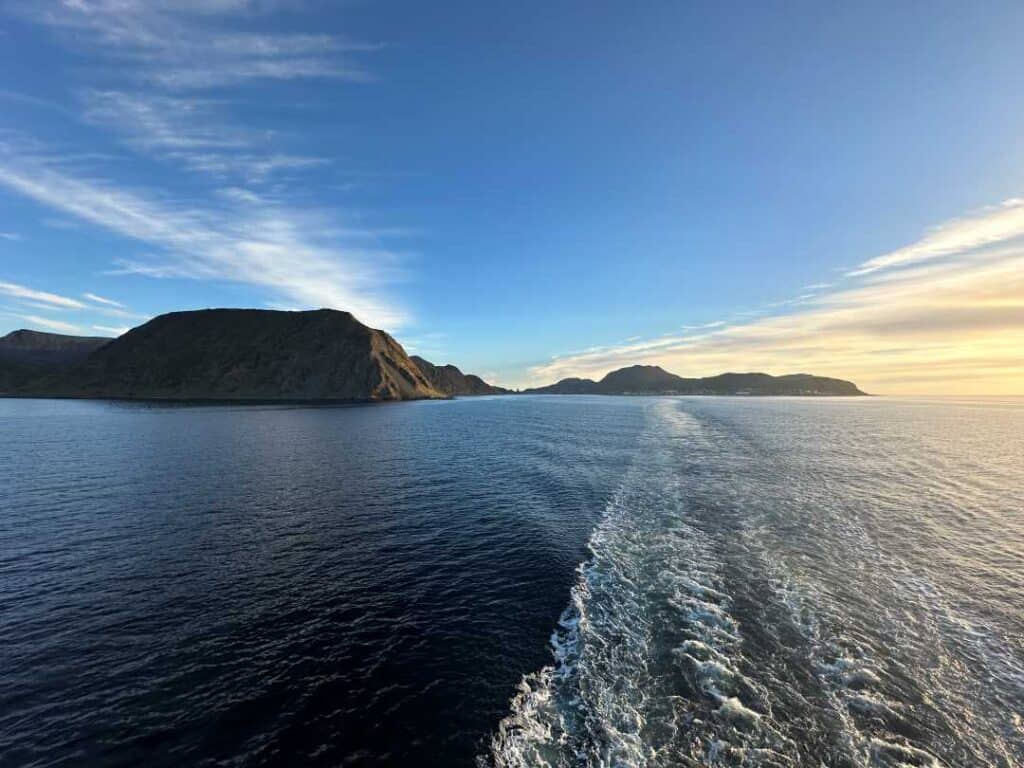
Often hailed as the “world’s most beautiful sea voyage,” this utterly unique journey allows you to witness Norway’s ever-changing coastal landscape (and seasons. And weather) in all its glory from the comfort and safety of a small, cozy coastal cruise ship.
Norway’s coastline stretches an impressive 89,000 kilometers, including all the fjords and islands dotted around the shore.
It’s a land where deep fjords carve into snow-capped mountains.
In the Norwegian summer, the midnight sun over the landscape will keep you awake with the low, golden light (so bring an eye mask, seriously), and the ethereal northern lights dance across winter skies.
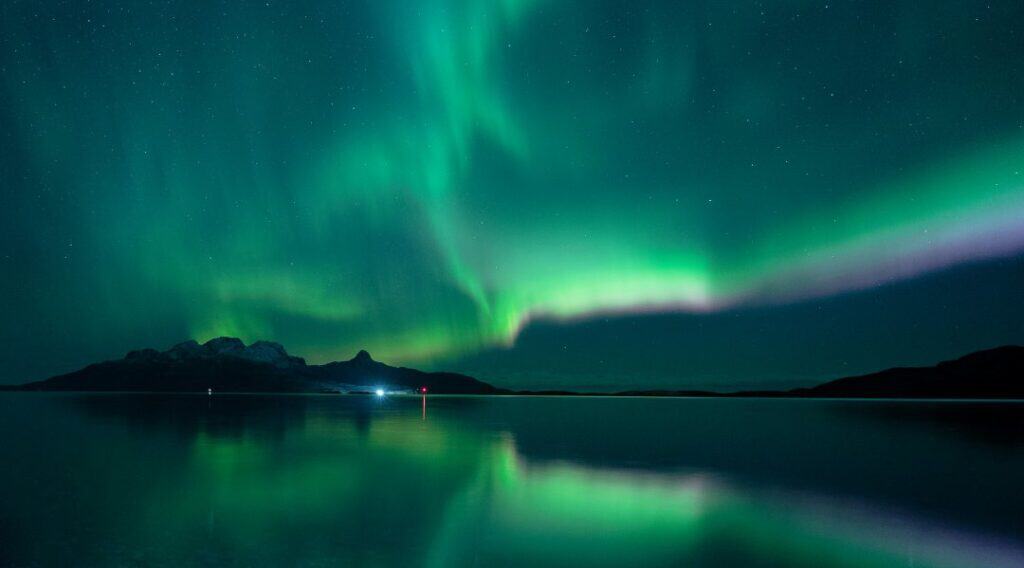
The authentic Hurtigruten voyage is an unparalleled opportunity to discover Norway’s coastal characteristics and culture.
From the deck of one of their ships, you’re not just observing Norway – you’re living in the middle of everyday life, up close, slowly becoming part of the lazy coastal rhythm.
It’s an experience that resonates deeply with any traveler seeking adventure, iconic nature, and maybe quiet and introspection.
The downside is that Hurtigruten is not budget travel, but – there are ways to keep the cost down and still have spectacular moments.
Why Hurtigruten is Perfect for Solo Female Travelers
Safety and Comfort:
As solo female travelers, safety is often a top priority when we set out to conquer the world.
I’m sure you agree that that is important, and Hurtigruten offers a secure environment where you can relax and enjoy your journey without a worry in the world.
The ships are well-maintained (they need to endure the Arctic elements), the staff are professional and super friendly, and fellow passengers often include like-minded travelers from around the world.
Flexibility:
The voyage allows for both organized activities and independent exploration when you can go ashore, whatever you prefer. In some places, the ship only docks for 15 minutes to drop off mail to a local community; in other places, you have hours to look around.
You can join organized excursions organized by the ship or venture out on your own at port stops, giving you the freedom to tailor your experience to your preferences.
Social Opportunities:
While perfect for solo reflection (head out on deck and just sit there and watch the coastline pass by), the voyage also offers plenty of chances to connect with fellow travelers.
Shared meals, onboard activities, and excursions provide great settings for making new friends if you choose.
Authentic Cultural Immersion:
Hurtigruten’s dual role in Norwegian society as both a cruise ship and a working vessel means you’ll witness authentic coastal life up close.
You will see the locals coming on and off, the postman on the docks, and pass small fishing vessels heading out to the Arctic waters.
It’s a very unique way to connect with local culture and history along our rugged shoreline.
The Entire Hurtigruten Cruice Experience: An Iconic Adventure
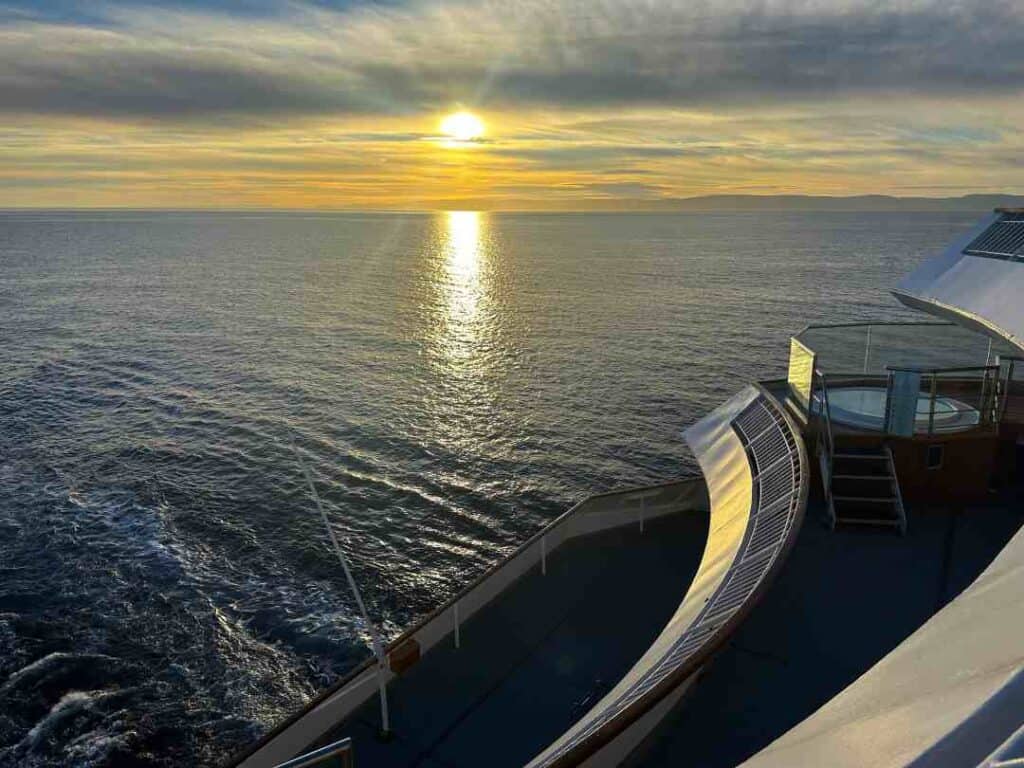
The full Hurtigruten voyage is a 13-day round trip from Bergen to Kirkenes and back, covering 2,500 nautical miles and stopping at 34 ports along the way.
You can choose to do this as a full-on cruise with all meals included, or you can get on and travel for shorter distances if you prefer, which is also a better budget option. You can read more about the port-to-port option below.
As a solo traveler, you’ll have the freedom to choose a shorter distance that fits your schedule and interests if there are any destinations where you want to spend more time.
Up north, the journey takes you past the Arctic Circle, around the North Cape (the northernmost point of mainland Europe), and through numerous fjords and islands.
You’ll witness Norway’s coastal life firsthand, observing locals using the ship for transportation and goods being loaded and unloaded at various ports as it has done for over a century.
Life Onboard: Comfort Meets Adventure
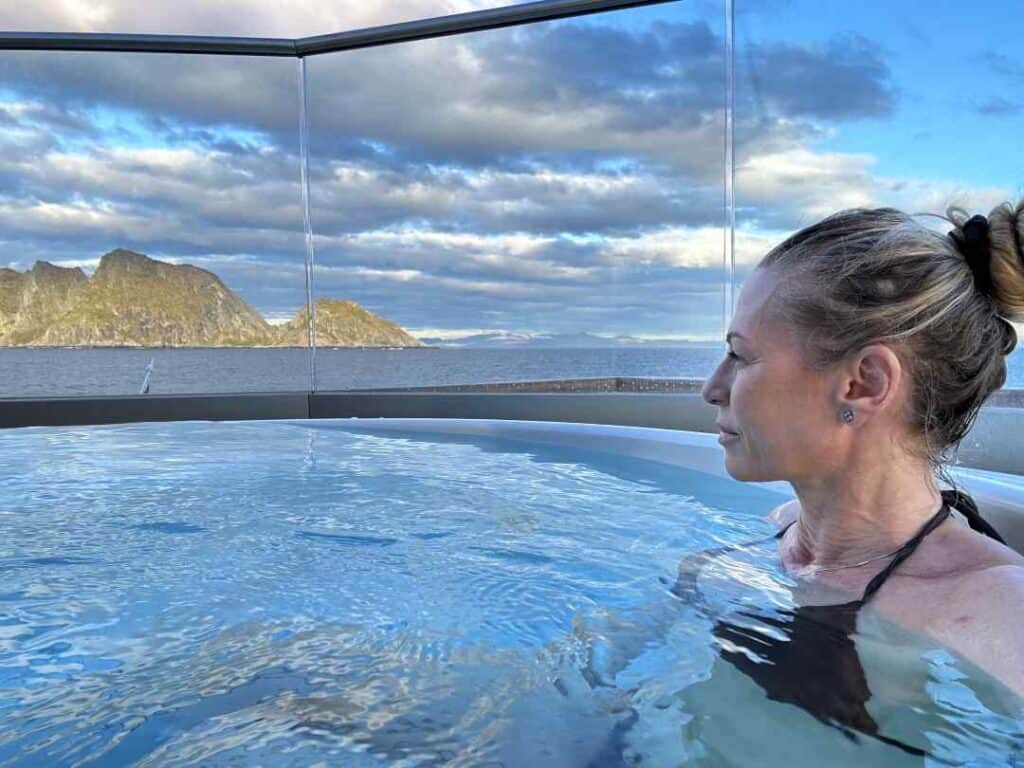
Hurtigruten ships offer a perfect blend of comfort and adventure.
With amenities like restaurants, lounges, and even hot tubs on some ships, you’ll find plenty of spaces to relax and reflect on your journey.
The relatively small size of the ships (most carry around 600 passengers) creates an intimate setting that’s ideal for solo travelers looking to connect with others or enjoy peaceful solitude.
I particularly love the ship’s panoramic lounges, perfect for curling up with a book, journaling about your experiences, or simply watching the ever-changing scenery glide by.
These quiet moments of reflection, surrounded by Norway’s unreal coastal landscapes, will probably be the most memorable parts of your journey.
Culinary Delights for the Solo Foodie
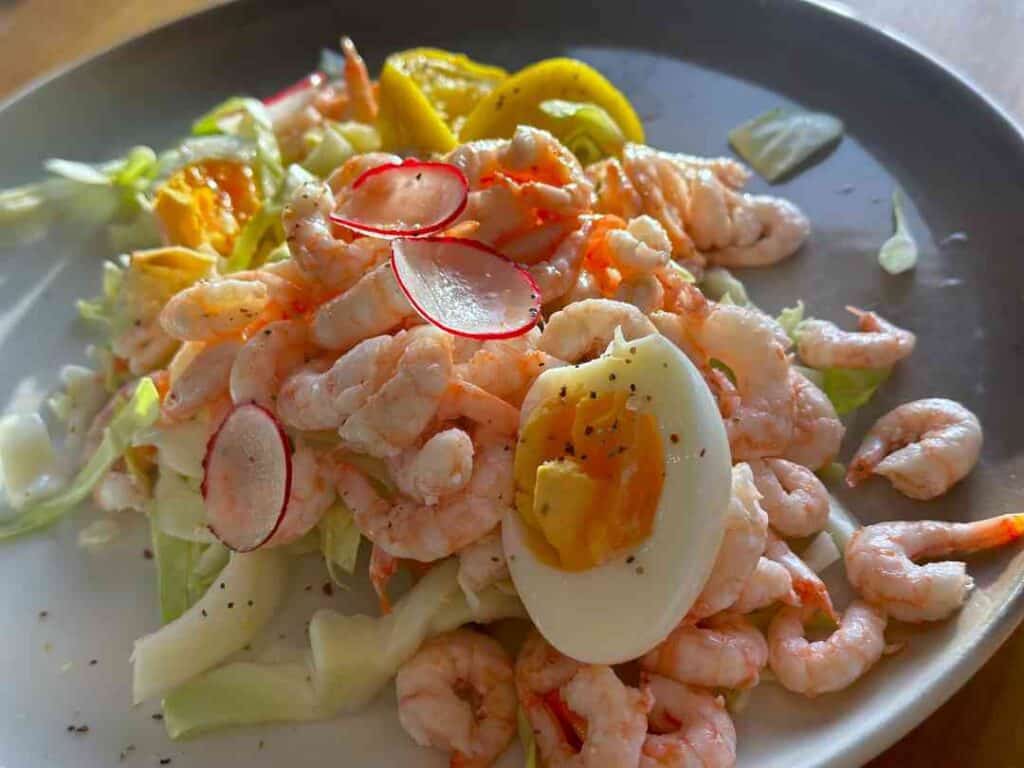
One of the highlights of the Hurtigruten journey is the locally sourced cuisine.
Their “Norway’s Coastal Kitchen” concept means you’ll enjoy fresh, seasonal ingredients from local suppliers along the route.
As a solo traveler, dining alone can sometimes feel awkward, but seated at the window on Hurtigruten, you can take in the spectacular nature floating outside without interruption – you will forget all about any awkwardness!
I’ve tried everything from freshly caught Arctic char to hand-picked cloudberries, each dish unique to Norway’s northern and western culinary landscape.
Taste your way along the coast with the local produce on the menu!
Excursions: Tailored Adventures for Solo Explorers
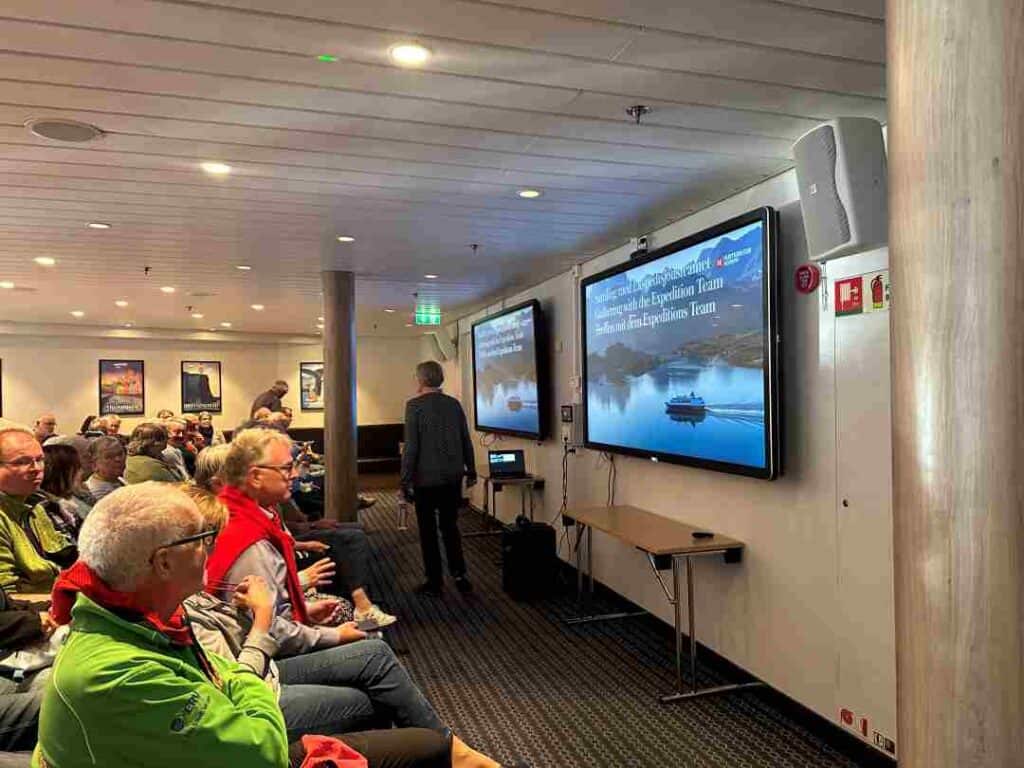
Hurtigruten offers a wide range of excursions at various ports, perfect for solo travelers looking to dive deeper into Norway’s coastal culture and natural wonders.
These can be booked directly through Hurtigruten, which is a very seamless and convenient way to organize your port stops.
You can also do your own research and book tours and excursions privately online at ports where you have a longer stay.
Some must-try excursions I recommend you check out include:
- Dog sledding in Tromsø: An exhilarating ride through snowy landscapes
- Kayaking in the Geirangerfjord: Paddle through one of Norway’s most famous fjords
- Hiking on the Lofoten Islands: Experience the raw beauty of these Arctic islands
- Midnight concert in Tromsø’s town old church: A hauntingly beautiful musical experience
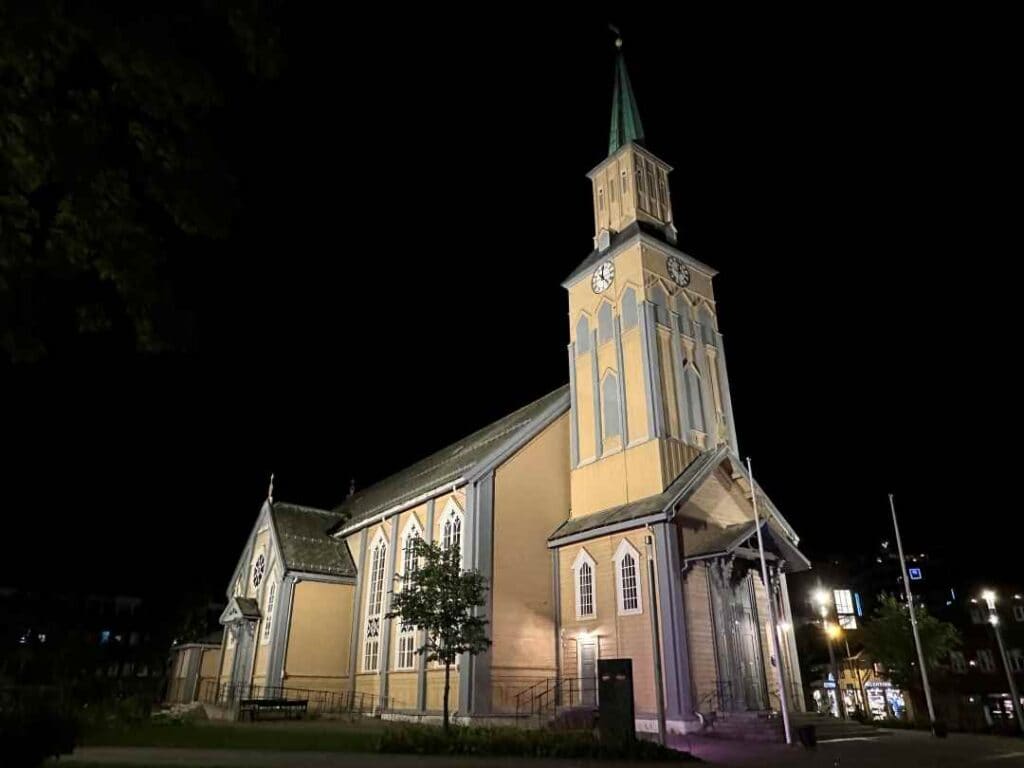
For more independent travelers, it’s also possible to arrange your own activities at many ports. In the larger ports, there will be tour companies situated at or close to the dock, taking “drop-ins,” if you will, just getting off the ship.
As a solo traveler, I’ve found that local tour companies often are a great choice for me as an individual explorer, offering small group experiences or even private tours.
The Most Important Hurtigruten Ports
The Hurtigruten ships along the Norwegian coastline stop at 34 small and big ports, each with its own unique charm and attractions.
Here are some of the most important stops listed from south to north (you’ll find the complete list of where Hurtigruten docks at the end of the article).
Western “Capital” Bergen
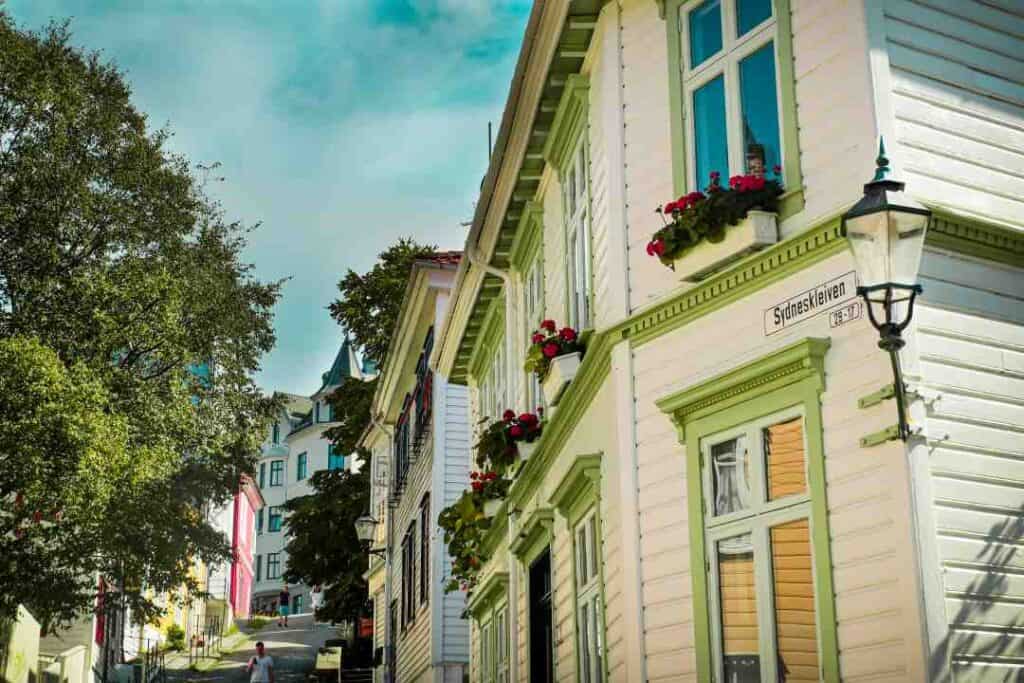
Known as the “Gateway to the Fjords,” Bergen is the southern starting point for the Hurtigruten voyage. It is also a UNESCO World Heritage city famous for its colorful Hanseatic wharf, Bryggen.
If you start your journey here, make sure you stay a couple of days in Bergen before your departure; there are a lot of things to see and do here!
You don’t want to miss iconic experiences like the Bergen Brygge fish market, a ride on the Fløibanen funicular for panoramic views, or a stroll through the narrow alleyways of the old town.
Also read: Best Things To Do In Bergen Norway From A Native
Ålesund
Ålesund town (or Alesund in English) was rebuilt in its original Art Nouveau style after a devastating fire in 1904. Make sure you explore the town center, the Hellebroa Bridge, and the scenic town park.
And bring your camera, as Ålesund is a photographer’s dream to visit!
You should climb the 418 steps to the viewpoint of Mount Aksla for breathtaking views of the archipelago and visit the Atlantic Sea Park, one of Northern Europe’s largest saltwater aquariums.
Medieval Capital Trondheim
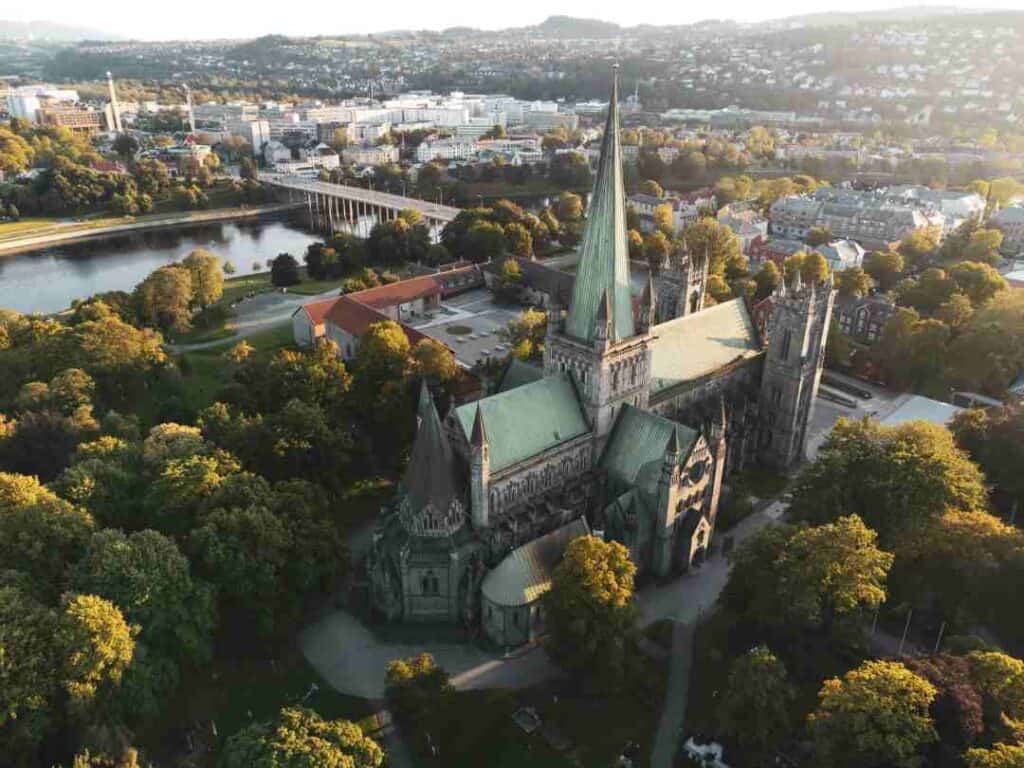
Further north, Norway’s third-largest city and former capital, Trondheim, is home to the impressive Nidaros Cathedral and charming old wooden town architecture.
The town’s medieval name was Nidaros (hence, the cathedral), and back then, it was also an important end-point for several pilgrim journeys called Olavsleden.
Explore the trendy Bakklandet neighborhood with its colorful wooden houses, or visit the Ringve Museum, Norway’s national museum of music and musical instruments.
Also read: Best Things To Do In Trondheim – A Natives Guide
Bodø – Culture Capital of 2024
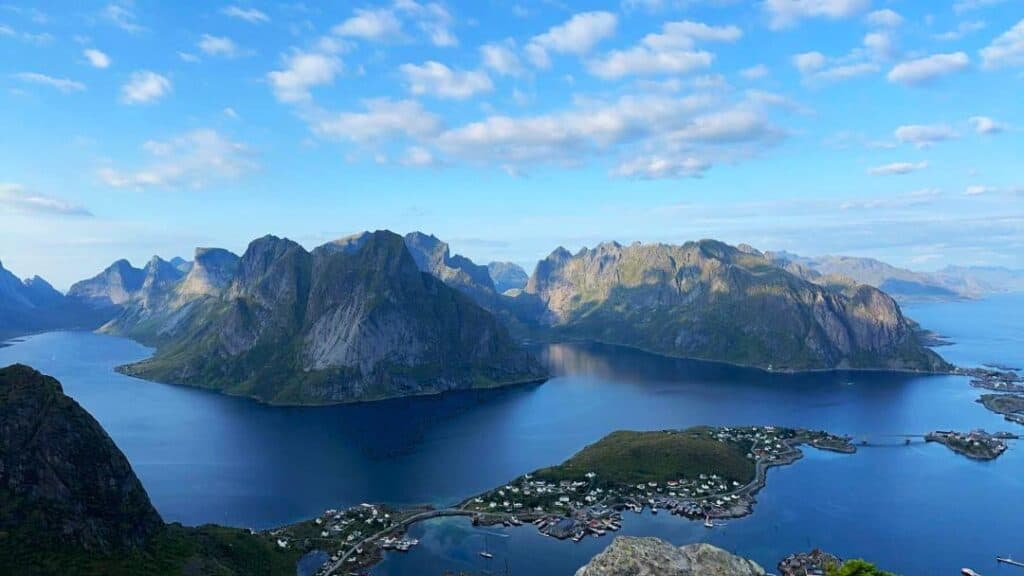
“The windy city” north of the Arctic Circle, Bodø offers opportunities to see the midnight sun in summer and the northern lights in winter.
Bodø is situated just across from the iconic Lofoten Islands, where Svolvær is also a Hurtigruten port.
The Saltstraumen maelstrom, the world’s strongest tidal current, is a must-see natural wonder located just outside the city.
Paris of the North Tromsø
Often called the “Paris of the North,” Tromsø is a vibrant Arctic city known for its rich culture and scientific research.
The southbound Hurtigruten arrives here just before midnight, and you can join a midnight concert in the old wooden town church.
You can also visit the Arctic Cathedral, Ishavskatedralen, take a cable car ride for stunning views, or immerse yourself in Sami culture at the Tromsø Museum.
The Gateway to the North Cape Honningsvåg
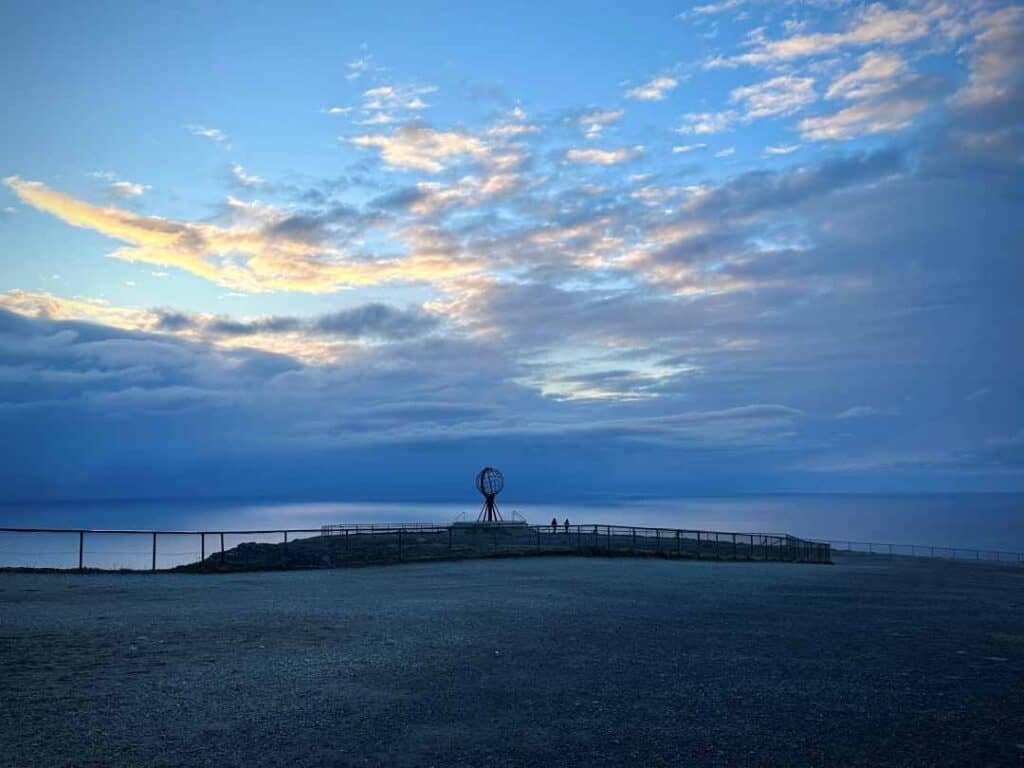
The northernmost city on the mainland of Norway, Honningsvåg, is the gateway to the North Cape plateau. Standing atop the 307-meter-high cliff overlooking the Arctic Ocean is a bucket-list experience for many travelers.
The North Cape is situated about 35 kilometers north of Honningsvåg, so remember that when you dock here, you still need to get yourself the last distance!
You can rent a car in Honningsvåg or book an organized tour at the tourist information situated two minutes from the port where you arrive.
You can also book the tour online before you get there, as well as other adventure tours like RIB safari below the plateau, ATV trips, and bird-watching boat tours.
The “End of Norway”: Kirkenes
The turnaround point of the Hurtigruten voyage, Kirkenes, is located just 15 km from the Russian border. Situated on a peninsula along the Bøkefjorden Fjord, Kirkenes is home to around 3400 people.
You will see that all road signs are in two languages, sometimes even three: Norwegian, Sami, and Russian.
The polar night lasts exactly two months in Kirkenes, and in the wild nature, you find the largest brown bear population lives in this area.
In winter, you can stay at the Snow Hotel here or go king crab fishing on the frozen fjords.
See the full list of Hurtigruten ports at the end of the article.
Capturing Your Solo Journey: Photography Tips
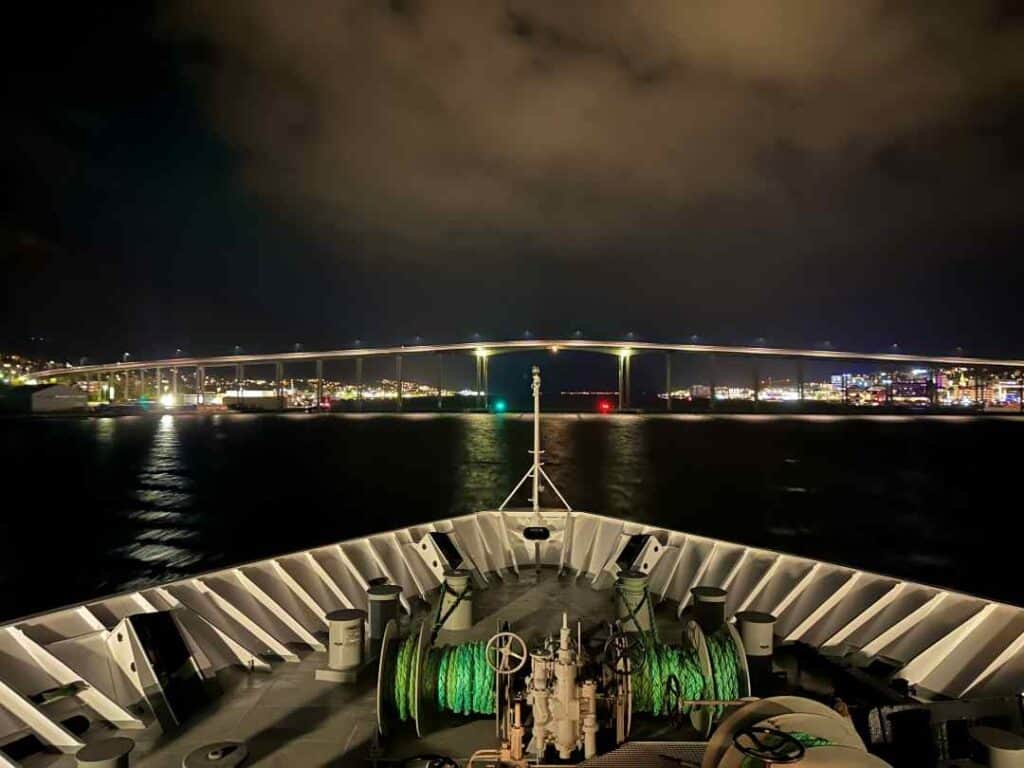
As a solo traveler, you’ll have countless opportunities to capture stunning photographs along the voyage.
The changing light, dramatic landscapes, and wildlife encounters constantly shift the canvas.
In winter, it is a good idea to bring a tripod for Northern Lights photography if you are attempting that, consider a zoom lens for wildlife spotting.
And remember, sometimes the best moments are those you simply absorb rather than photograph – give yourself permission to put the camera down and just be present in the beauty around you.
EpicNomadLife Tip: don’t miss the early morning hours when the light is soft and golden or hazy, perfect for capturing the essence of the coastal landscape.
📍 Visit the Epic Nomad Life Travel Shop
Packing for Your Solo Coastal Adventure
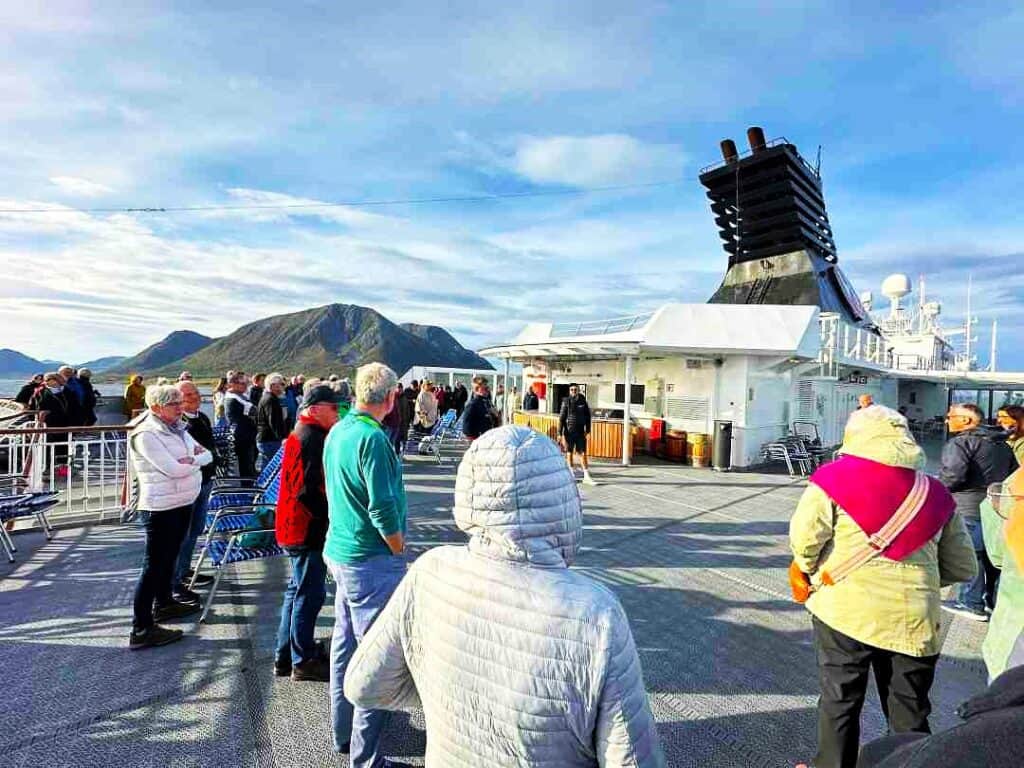
Packing smart is crucial for any solo trip, and a Hurtigruten voyage is no exception. Here are some essentials:
- Layers for varying weather conditions
- Comfortable walking shoes for exploring ports
- A good camera (and spare batteries!)
- Swimwear for onboard hot tubs or brave Arctic dips
- Rainwear or gore-tex clothing
- A journal for recording your experiences
- A reusable water bottle
- Any personal items that make you feel comfortable and at home
- Cold cream in the winter for your face
- Down jackets and even trousers during winter voyages
- Thick hats and mittens during winter
📍 Get my Ultimate Packing Guide for Norway travel here!
For the coastal destinations along the Norwegian coast, I strongly recommend you pack according to the weather and elements rather than feel elegant!
And remember, as a solo traveler, you’ll be handling your own luggage, so pack smart, either with luggage on wheels or in a backpack.
Embracing the Seasons: When to Go
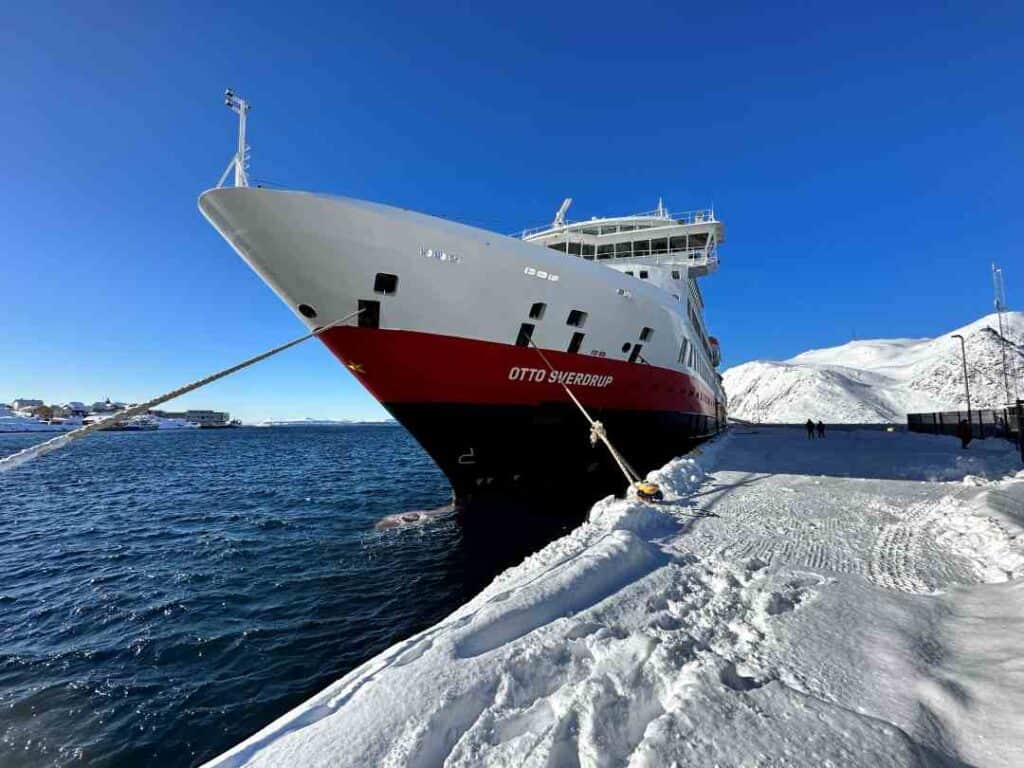
Every season offers a unique experience on the Norwegian coast:
Summer (June to August): Enjoy the midnight sun and long, bright days perfect for outdoor activities. It’s a magical time when the sun never sets north of the Arctic Circle.
Winter (November to March): Witness the mesmerizing northern lights and experience the otherworldly atmosphere of the polar night.
Winter also offers exciting Arctic activities like dog sledding and snowmobiling.
Spring (April to May) and Autumn (September to October): These shoulder seasons offer their own charms, from the coast coming to life after winter to beautiful fall colors.
Shoulder seasons tend to be less crowded, and prices drop a little, making them ideal for solo travelers seeking a more tranquil experience.
Hurtigruten Port to Port Journeys
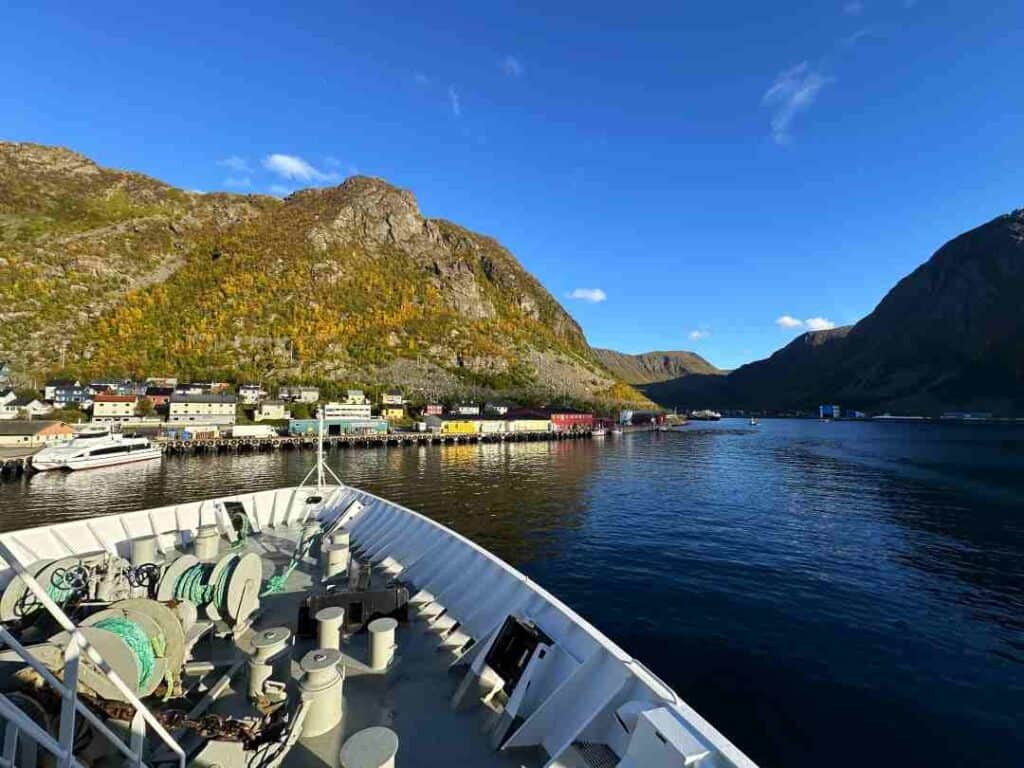
The entire south-to-north-to-south journey with Hurtigruten takes a long time, and there is no denying that it is pricey, although spectacular.
You do have the option to board the Hurtigruten ships for shorter distances, which can create a more budget-friendly coastal cruise option.
Hurtigruten traditionally was the “coastal bus”, a transport for (and sometimes the only transport option for) people, goods, and mail back in the day.
I recently traveled from Honningsvåg (the gateway to the North Cape) to Svolvær in Lofoten on my last journey, which was 36 hours and required a cabin.
This is a stretch of the journey that includes passing the incredible Raftsundet and Tengelfjorden Fjord, as well as the Trollfjorden Fjord before we enter the famous Lofoten Islands’ “wall” of mountains.
No less than an epic journey!
If you choose to travel for less than 23 hours, you are not required to have a cabin on board, which keeps the cost down significantly.
If you stay for more than 23 hours, you do need to book a cabin, which elevates the price.
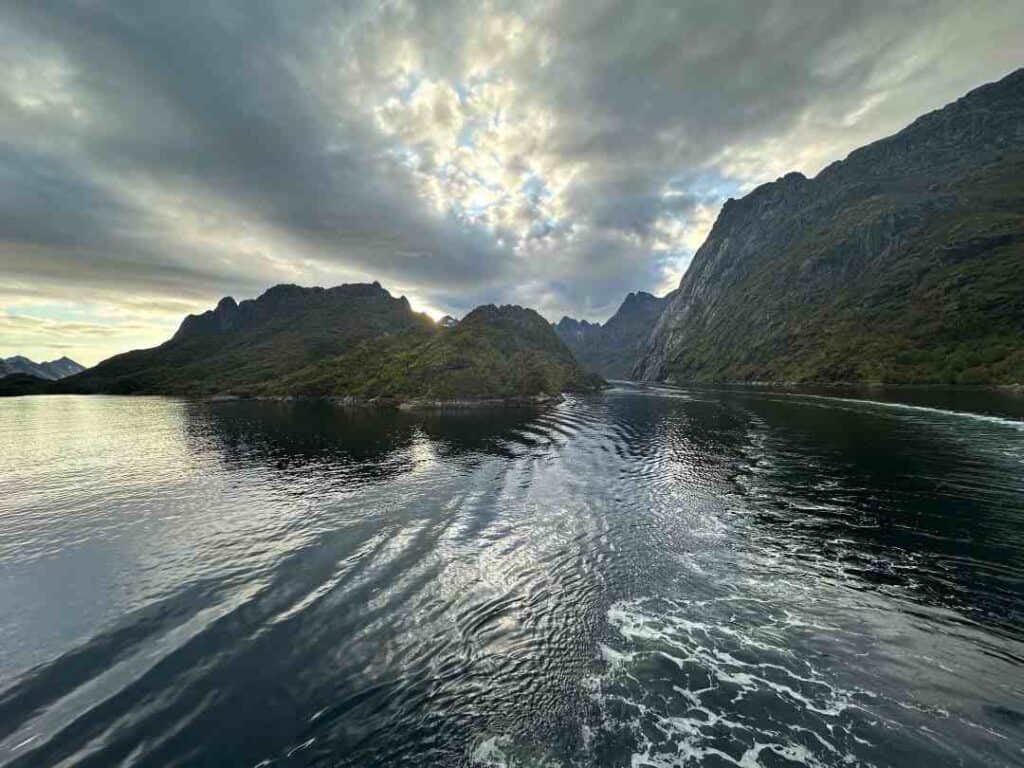
Meals are not included in the port-to-port option, so you also need to budget for this.
You can check out the Hurtigruten port-to-port options here.
The Entire List Of Hurtigruten Ports Along Norway
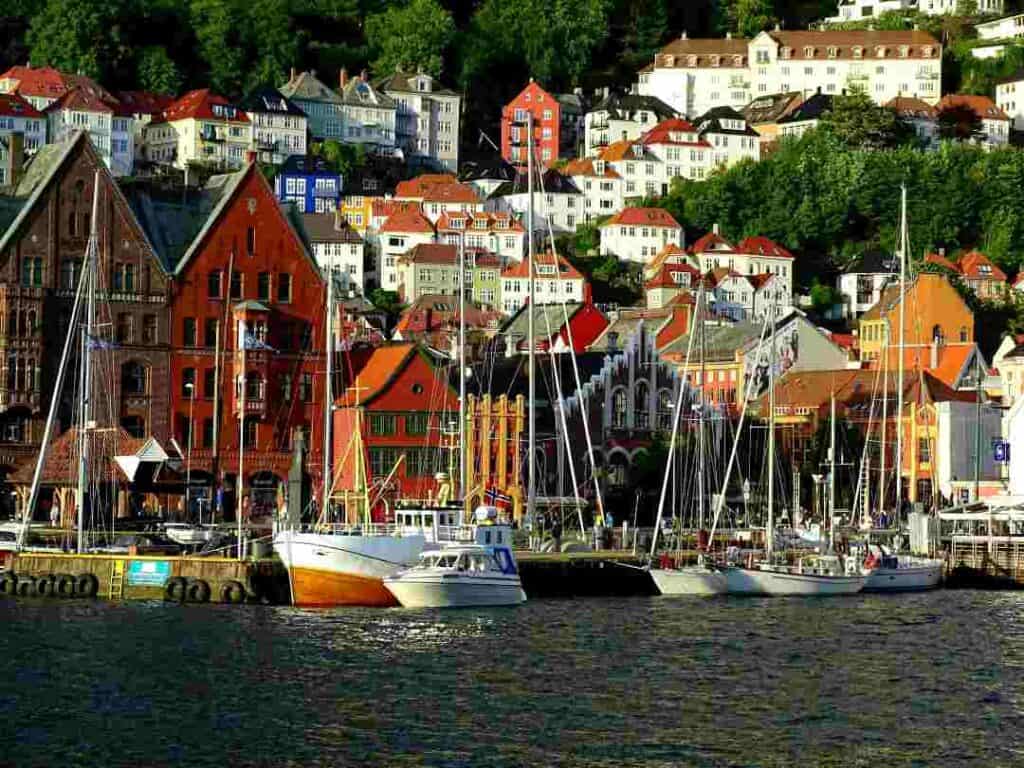
The iconic western town of Bergen is the starting point of the Hurtigruten coastal journey.
Norway’s “western capital” is famous for its iconic fish market, the Bergen Bryggen docks, the Mount Fløyen funicular, Norway’s largest aquarium, and its unique history as a trade and shipping town centuries ago.
At the other end, the northernmost port and turning point is Kirkenes, high above the Arctic Circle and only a short distance from the Russian border.
And then you have everything in between.
- Bergen: Known as the “Gateway to the Fjords,” this UNESCO World Heritage city is famous for its colorful Hanseatic wharf, Bryggen, and the fish market.
- Florø: Norway’s westernmost town, known for its fishing industry and proximity to the Kinn islands.
- Måløy: A small town on the island of Vågsøy, famous for its lighthouse and WW2 history.
- Torvik: A tiny port on the island of Leinøya, offering access to the beautiful Herøy municipality.
- Ålesund: Rebuilt in Art Nouveau style after a 1904 fire, it is known for its unique architecture and the panoramic view from Mount Aksla.
- Geiranger (summer only): Home to the spectacular UNESCO-listed Geirangerfjord, one of Norway’s most famous fjords.
- Molde: Known as the “City of Roses,” offering panoramic views of 222 mountain peaks.
- Kristiansund: Built across four islands, known for its klippfisk (dried cod) history and the Atlantic Road nearby.
- Trondheim: Norway’s third-largest city and former capital, home to the impressive Nidaros Cathedral and charming wooden architecture.
- Rørvik: A small fishing town in the Vikna archipelago known for its coastal culture.
- Brønnøysund: Home to the famous Torghatten mountain with its distinctive hole through the center.
- Sandnessjøen: Gateway to the Helgeland coast, near the Seven Sisters mountain range.
- Nesna: A small agricultural and fishing community on the Helgeland coast.
- Ørnes: A small town offering views of the Svartisen glacier, Norway’s second-largest.
- Bodø: Just north of the Arctic Circle, known for the world’s strongest tidal current, Saltstraumen.
- Stamsund: A fishing village in the Lofoten Islands known for its art scene.
- Svolvær: The largest town in the Lofoten Islands, surrounded by dramatic mountain peaks.
- Stokmarknes: Birthplace of Hurtigruten, home to the Hurtigrutemuseet (Coastal Express Museum).
- Sortland: Known as the “Blue City” due to an art project that saw many buildings painted blue.
- Risøyhamn: A small village on Andøya, known for its proximity to whale-watching areas.
- Harstad: The third-largest city in Northern Norway, known for its cultural scene.
- Finnsnes: Gateway to Senja, Norway’s second-largest island, known for its diverse landscapes.
- Tromsø: “Paris of the North,” a vibrant Arctic city known for its midnight sun, northern lights, and rich culture.
- Skjervøy: An island community known for its fishing industry and salmon farming.
- Øksfjord: A small town offering views of the nearby Øksfjordjøkelen glacier.
- Hammerfest: One of the world’s northernmost towns, home to the UNESCO-listed Struve Geodetic Arc.
- Havøysund: A small fishing village offering insight into coastal Finnmark life.
- Honningsvåg: Gateway to the North Cape, Europe’s northernmost point.
- Kjøllefjord: A small fishing village known for its distinctive church and proximity to Finnkirka sea cliff.
- Mehamn: Norway’s northernmost mainland port, known for its king crab fishing.
- Berlevåg: A remote fishing village, the subject of a famous documentary about its male choir.
- Båtsfjord: Known for its fishing industry and bird cliffs.
- Vardø: Norway’s easternmost town, home to the Steilneset Memorial and the Vardøhus Fortress.
- Kirkenes: The turnaround point of the Hurtigruten voyage, close to the Russian border, known for its Snow Hotel in winter.
Map of Norway
Wrap-Up The Epic Norwegian Coastal Voyage
A Norwegian coastal voyage with Hurtigruten is more than just a cruise – it’s a journey of self-discovery.
As a solo female traveler, you’ll find yourself challenged, inspired, and transformed by the raw beauty of the Norwegian coast and the warmth of its people.
Whether you’re chasing the northern lights in winter or basking in the midnight sun in summer, this voyage offers a unique and authentic way to experience the best of Norway’s coastline.
It’s a reminder of the power of nature, the richness of cultural traditions, and the joy of solo exploration.
So pack your bags, book your ticket, and prepare for an adventure that will stay with you long after you’ve returned home – I actually guarantee it!
Related blog posts:
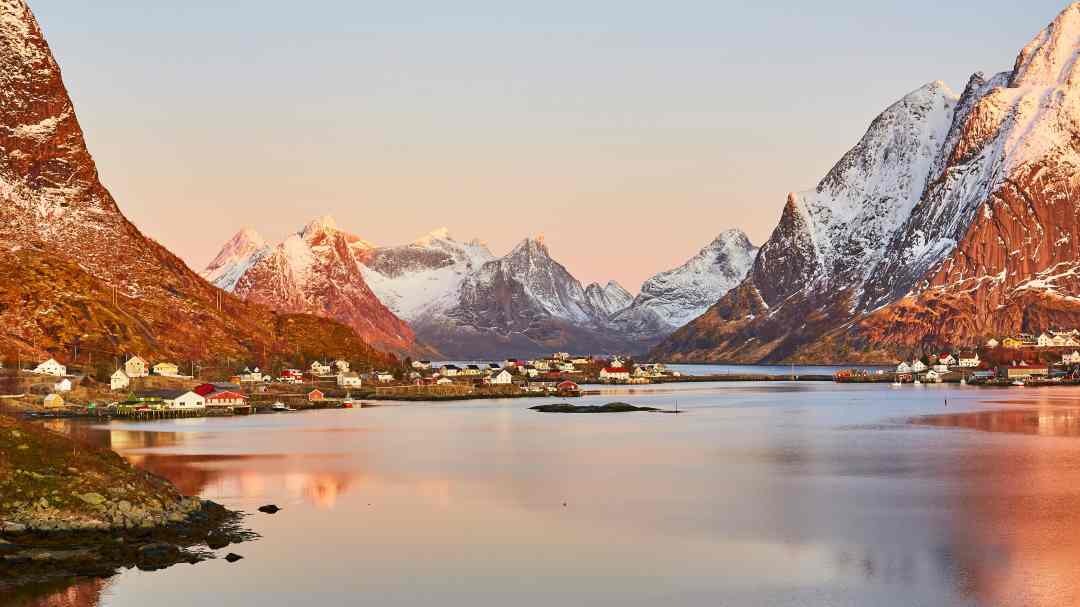
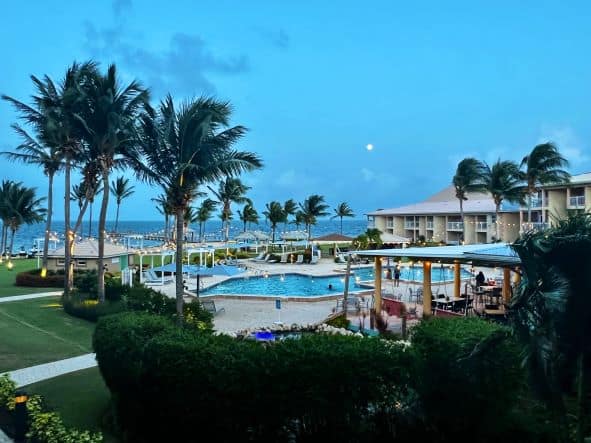
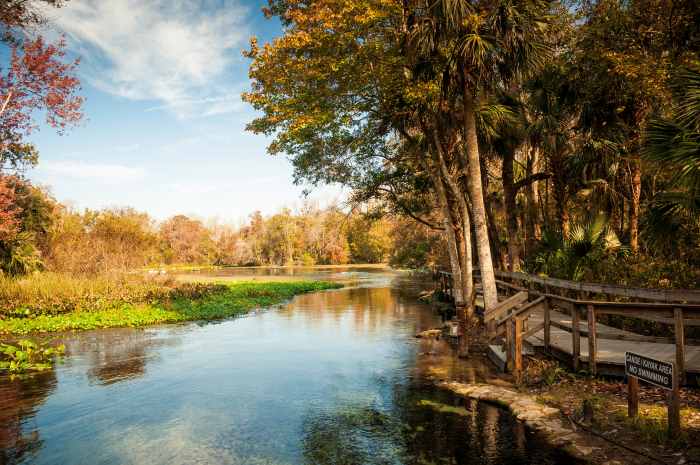
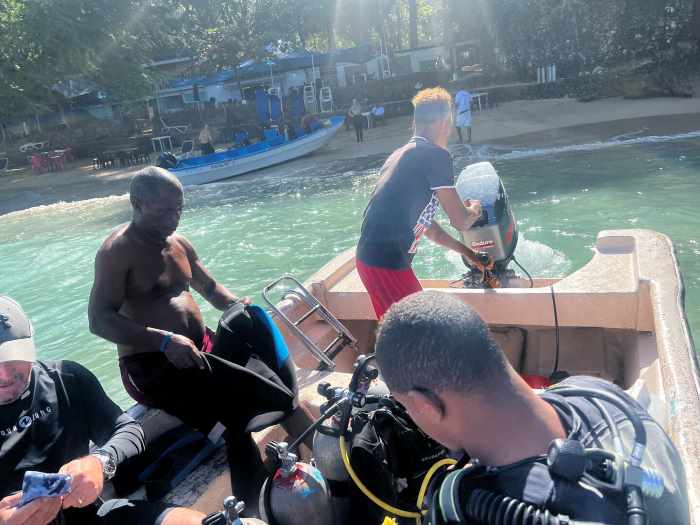

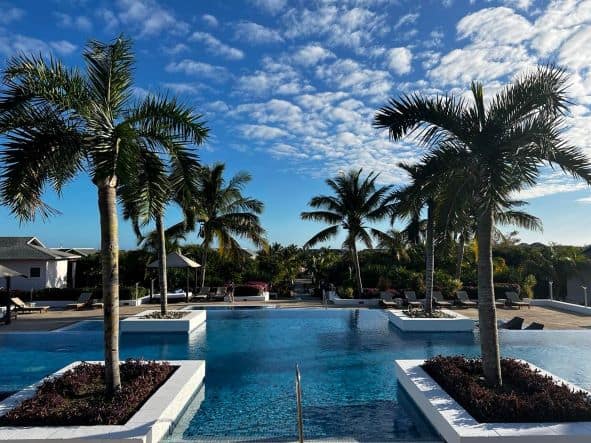
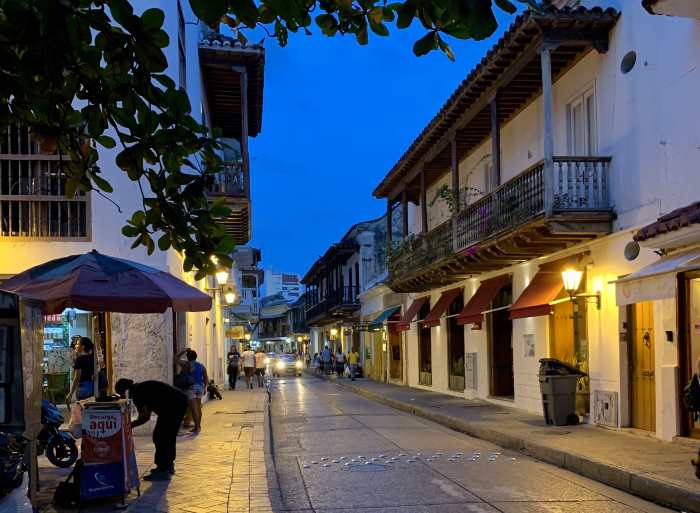
The Hurtigruten cruise sounds like a wonderful choice for a solo female traveler. I like the sound of the smaller number of passengers.
Yeah, for me, the beauty of it is that it is not really like a “cruise” at all, as it is a part of the authentic coastal history of Norway. They have managed to preserve that feeling, and the surroundings are spectacular for so many parts of the journey!
You packed so many thoughtful recommendations into this post. Thanks for sharing all of this out. Definitely saving it for a future trip!
That looks so lovely sitting in the jacuzzi with that incredible scenery going past. This post has put Norway firmly to the top of my travel wish list. Looks like there is so much to do and see and a cruise is a great way to do it all in style 🙂